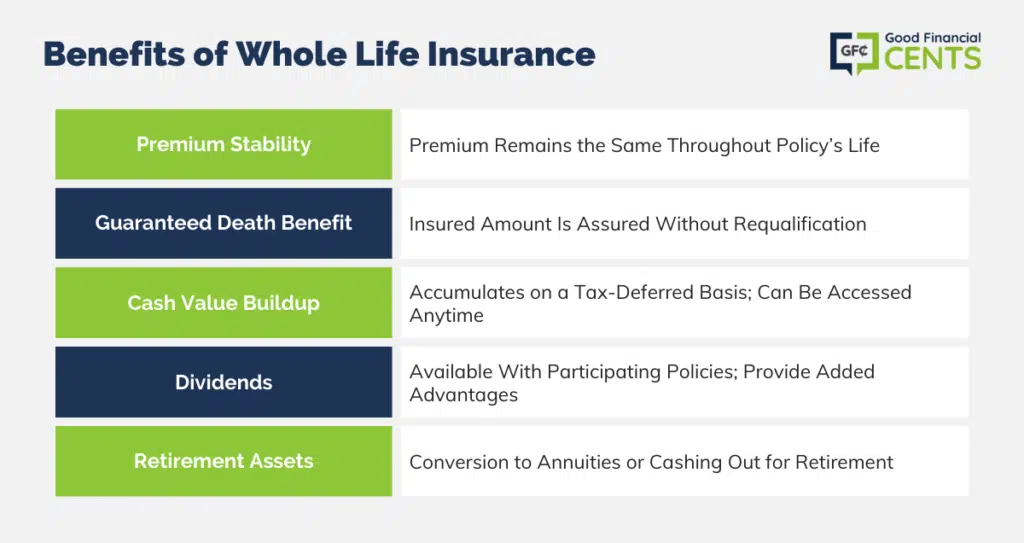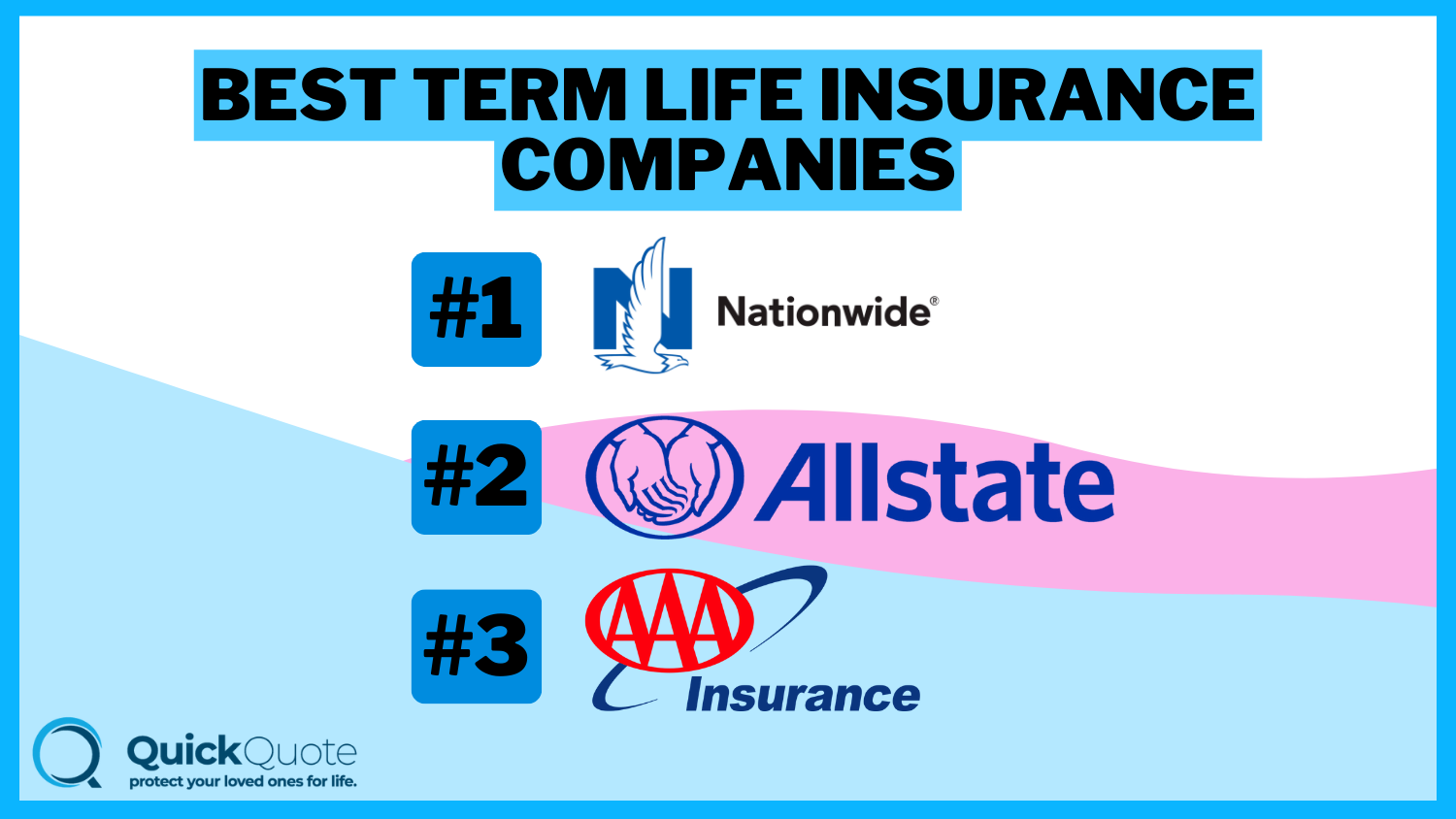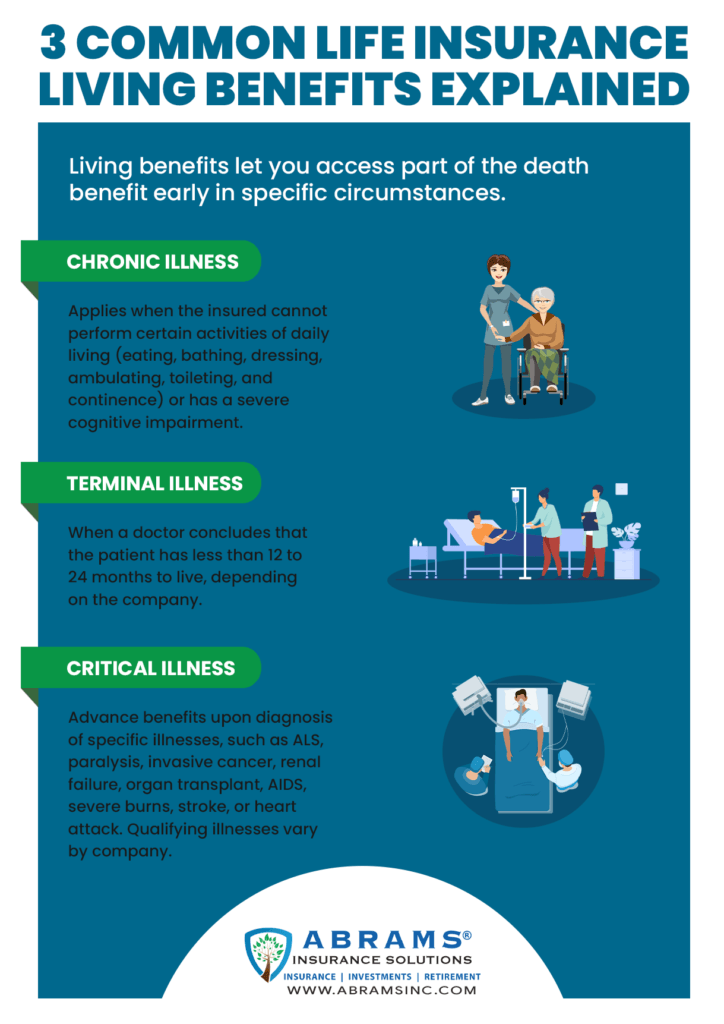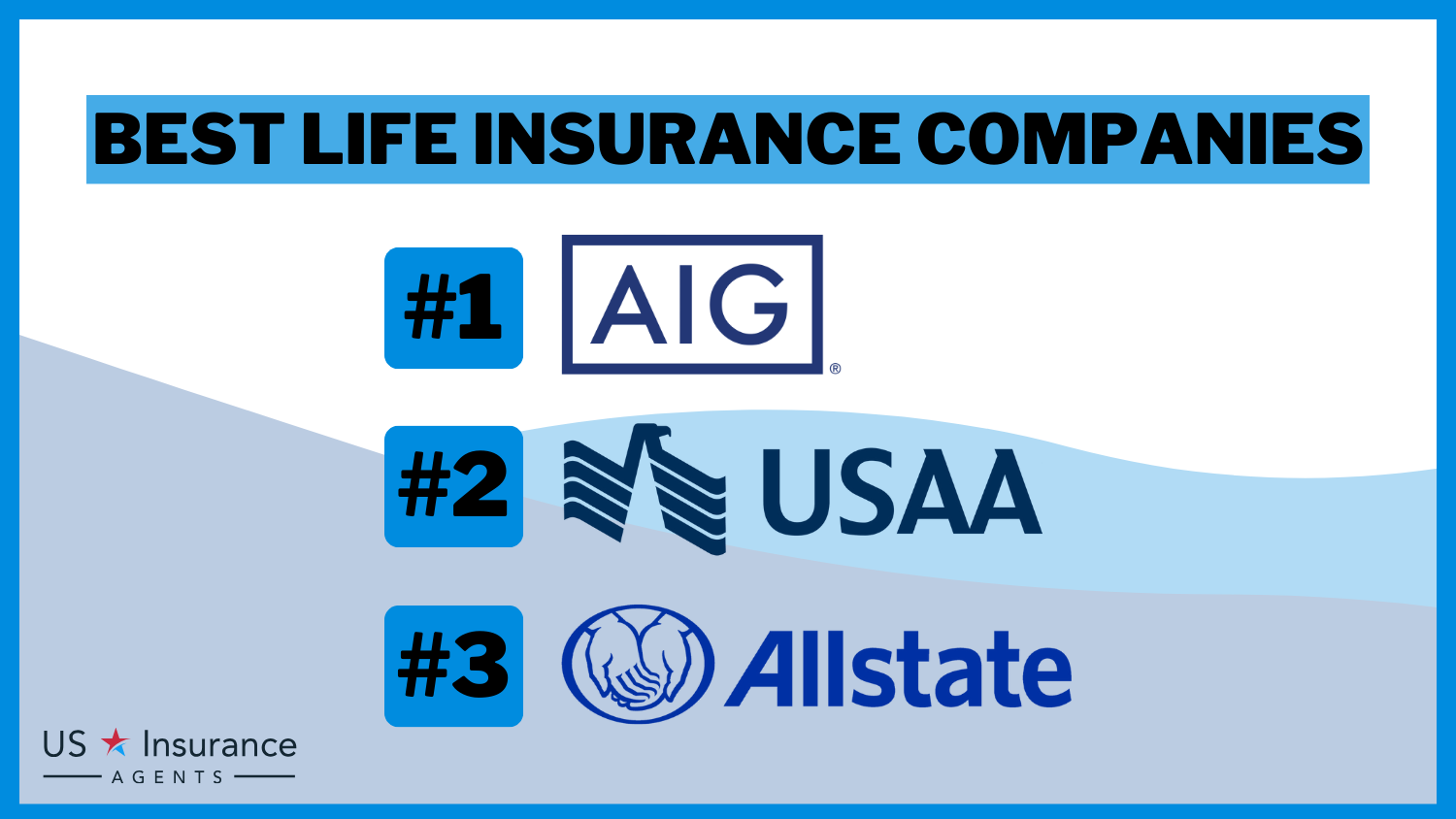Self-Driving Car Accident: An Overview
Self-driving cars are a hot topic in the automotive industry, and for good reason. They promise to make our roads safer, reduce traffic congestion, and free up our time so we can focus on other things. However, as with any new technology, there are also some potential risks and challenges associated with self-driving cars. One of the biggest concerns is what happens if a self-driving car gets into an accident.
Who is liable in a self-driving car accident? Is it the driver? The manufacturer? The software developer? These are just some of the questions that need to be answered. In the meantime, it’s important to be aware of the potential risks and to take steps to protect yourself if you’re ever involved in a self-driving car accident.
On July 1, 2022, a self-driving car operated by Uber struck and killed a pedestrian in Tempe, Arizona. The car was in autonomous mode at the time of the accident, and the driver was not paying attention to the road. This was the first fatal accident involving a self-driving car, and it raised serious questions about the safety of this technology.
How Do Self-Driving Cars Work?
To understand how self-driving cars work, it’s important to first understand the different levels of autonomy. There are five levels of autonomy, ranging from Level 0 to Level 5. Level 0 cars have no autonomous features, while Level 5 cars are fully autonomous and can drive themselves without any human input.
Most self-driving cars on the road today are Level 2 or Level 3. These cars have some autonomous features, such as lane keeping assist and adaptive cruise control. However, they still require a human driver to be behind the wheel and to be ready to take over in case of an emergency.
Level 4 and Level 5 self-driving cars are still in development, but they are expected to be available to consumers within the next few years. These cars will be able to drive themselves in all situations, without any human input.
What Are the Risks of Self-Driving Cars?
There are a number of potential risks associated with self-driving cars. One of the biggest concerns is that these cars could be hacked. This could allow hackers to take control of the car and cause it to crash.
Another concern is that self-driving cars could malfunction. This could be due to a software error or a hardware failure. If a self-driving car malfunctions, it could cause a serious accident.
Finally, there is the concern that self-driving cars could be involved in accidents with other vehicles. This could be due to the negligence of the other driver or because the self-driving car’s sensors failed to detect the other vehicle.
Self-Driving Cars: Who’s at Fault in an Accident?
Imagine yourself cruising down the highway in your self-driving car when suddenly, out of nowhere, you’re rear-ended by another vehicle. What happens next? Who’s to blame?
Liability in Self-Driving Car Accidents
Figuring out who’s legally liable in a self-driving car accident can be a real head-scratcher. It’s like a complicated puzzle with missing pieces. It could be the manufacturer, the driver, or an unfortunate mix of both.
The Driver’s Role: When Eyes Wander
When it comes to self-driving cars, it’s crucial to remember that they’re not entirely autonomous. These vehicles still require drivers to monitor the road and intervene if the car malfunctions. So, if you’re zoning out or scrolling through your phone while your car is supposed to be in self-driving mode, you could end up being held liable for an accident.
The Manufacturer’s Responsibility: Unforeseen Glitches
On the other hand, self-driving car manufacturers have a duty to ensure their vehicles are safe and roadworthy. If a defect in the car’s software or hardware leads to an accident, the manufacturer could be held accountable. It’s like buying a faulty toaster that starts a fire in your kitchen – the company that made it could be in hot water.
Shared Liability: Blame Apportioned
Sometimes, figuring out liability in a self-driving car accident isn’t as straightforward as pointing a finger at one party. Both the driver and the manufacturer could share the blame. For instance, if the driver was distracted while the car’s self-driving system had a minor glitch, they could both be found partially liable. It’s like a messy divorce where both parties are at fault.
Self-Driving Car in Accident: Ethical and Practical Considerations
Last Tuesday, a self-driving car being tested by Uber struck and killed a pedestrian in Tempe, Arizona, raising questions about the safety and ethics of autonomous vehicles. The incident marks the first time a pedestrian has been killed by a self-driving car.
Ethical Considerations
The Value of Human Life
One of the primary ethical concerns surrounding self-driving car accidents is the value of human life. In a traditional car accident, the driver is typically responsible for the safety of both themselves and others on the road. However, in a self-driving car, the ethical calculus changes, as the car itself is making the life-or-death decisions.
Allocation of Responsibility
Another ethical concern is the allocation of responsibility in the event of an accident involving a self-driving car. If an autonomous vehicle causes harm, who is responsible? Is it the driver, the car manufacturer, or perhaps the software developer?
Moral Dilemmas
Self-driving cars also present moral dilemmas. For example, what should a self-driving car do if it is confronted with a situation where it must choose between harming one or more pedestrians or swerving into a wall, potentially injuring the car’s occupants? Who gets to make this decision? How do we balance the value of human life against the desire to protect the occupants of the vehicle?
Practical Implications: Lessons from the Uber Accident
In the wake of the Uber accident, experts are calling for stricter regulations on the testing and deployment of self-driving cars. They argue that car manufacturers and software developers should be held to the highest standards of safety and that testing should be conducted in controlled environments.
The Future of Self-Driving Cars
Despite the ethical and practical challenges, self-driving cars have the potential to revolutionize transportation. They can improve safety, reduce congestion, and free up our time. However, it is clear that we need to address the ethical and practical issues surrounding self-driving cars before they can become a widespread reality.
Self-Driving Car in Accident: Legal Quandaries Loom
In the wake of a self-driving car accident, a perplexing tapestry of legal challenges arises. The autonomous nature of these vehicles introduces unprecedented complexities in determining fault and apportioning responsibility.
Defining Responsibility
Self-driving cars, by design, operate with minimal human intervention. This raises the question of who bears liability when an accident occurs: the car manufacturer, the software developer, or the owner? The legal system must grapple with these novel questions and develop clear lines of accountability.
Insurance Implications
The advent of self-driving cars has sent ripples through the insurance industry. Traditional auto insurance policies may not adequately cover accidents involving autonomous vehicles. New frameworks are required to ensure proper financial protection for victims and to allocate costs fairly among the involved parties.
Legal Precedents
As courts grapple with self-driving car accidents, they will inevitably draw upon existing legal precedents. Cases involving product liability, negligence, and strict liability may provide guidance in shaping the legal landscape for autonomous vehicles. However, the unique characteristics of self-driving cars may necessitate tailored legal doctrines.
Liability Conundrums
The issue of liability becomes particularly thorny in cases of accidents involving both autonomous and human-driven vehicles. Complex questions arise: Should the self-driving car be held liable if it fails to anticipate human error? Conversely, could the human driver be held responsible for not properly overseeing the autonomous system? The law must strike a delicate balance, ensuring fairness and accountability while fostering innovation in this rapidly evolving domain.
Self-Driving Car in Accident: Implications and Unanswered Questions
In the wake of a self-driving car accident, a flurry of questions lingers about liability, insurance implications, and the future of autonomous vehicles. While self-driving cars promise to reduce human error and improve road safety, the responsibility for accidents involving these vehicles remains a contentious issue.
Insurance Implications
Self-driving car accidents have profound implications for insurance companies. Traditionally, insurance premiums are based on the driver’s risk profile, including their driving history and vehicle type. With self-driving cars, the role of the human driver diminishes, raising complex questions about who is ultimately responsible.
Insurance companies face the challenge of assessing risk and setting premiums for autonomous vehicles. Will premiums be lower, reflecting the reduced likelihood of human error? Or higher, considering the potential for technological malfunctions or software glitches?
The legal landscape is still evolving in the aftermath of self-driving car accidents. In some cases, the vehicle manufacturer may be held liable for accidents caused by software or hardware failures. In other cases, the insurance company of the owner of the self-driving car may be responsible. Clarifying liability and establishing a standard of care for autonomous vehicles will be crucial for ensuring fair and equitable insurance practices.
Unanswered Questions
Despite ongoing research and development, several key questions remain unanswered about self-driving car accidents:
- Who is liable? Is the human passenger, the vehicle manufacturer, or the insurance company responsible for accidents involving autonomous vehicles?
- How is fault determined? If a self-driving car malfunctions, is the human passenger at fault for not intervening or is the vehicle manufacturer responsible for the software or hardware failure?
- What about intentional acts? If a human passenger intentionally overrides the self-driving system and causes an accident, who bears the liability?
- How will insurance premiums be set? Will premiums be lower for self-driving cars, reflecting the reduced risk of human error? Or higher, considering potential technological malfunctions?
- What are the long-term implications? Self-driving cars are still a relatively new technology. As they become more prevalent, will the number of accidents increase or decrease? And how will these accidents impact the insurance industry and society as a whole?
Moving Forward
Addressing these unanswered questions is crucial for the responsible development and deployment of self-driving cars. By establishing clear liability rules, setting fair insurance premiums, and investing in further research, we can pave the way for a future where autonomous vehicles enhance safety and improve transportation efficiency.
Self-Driving Car in an Accident: Legal, Ethical, and Practical Complexities
Self-driving cars were touted as the epitome of automotive advancement, promising a future where commutes were effortless and accidents were a thing of the past. However, a recent self-driving car accident has cast a shadow over this rosy vision, raising a myriad of questions about liability, safety, and the broader implications of autonomous vehicles.
Liability: Who’s at the Wheel?
The question of liability in self-driving car accidents is a legal quagmire. In traditional accidents, the driver is typically held accountable. But who’s responsible when the car is steering itself? Is it the manufacturer for any software glitches, the driver for failing to properly monitor the vehicle, or a combination of both? These questions will likely require legal precedents and statutory clarifications.
Safety: Can We Trust the Technology?
The accident has also sparked concerns about the safety of self-driving car technology. While autonomous vehicles have the potential to reduce human error, they also come with their own set of risks. Software bugs, sensor malfunctions, and environmental factors can all lead to system failures, highlighting the ongoing need for rigorous testing and regulatory oversight.
Ethics: Moral Dilemmas on the Road
Beyond legal and safety concerns, self-driving car accidents also raise ethical quandaries. In the event of an unavoidable crash, how does the car decide who to protect: its occupants or vulnerable pedestrians and cyclists? These ethical considerations will inevitably shape the development and deployment of self-driving cars.
Insurance: Who Pays the Price?
The insurance landscape is also in flux as self-driving cars become more prevalent. Traditional auto insurance policies may not adequately address the unique risks posed by autonomous vehicles. Insurers will need to adapt their policies, premiums, and claims processes to account for the changing nature of driving.
Public Trust: A Matter of Confidence
The public’s trust in self-driving cars has undoubtedly been shaken by the recent accident. Rebuilding that trust will require transparency from manufacturers, rigorous regulation, and a clear demonstration that autonomous vehicles are safe and reliable. Without public confidence, the widespread adoption of self-driving cars could be jeopardized.
Conclusion
Self-driving car accidents are a reminder that the path to autonomous driving is fraught with complexities. It will take a concerted effort from stakeholders across the board to address the legal, ethical, and practical challenges involved. By working together, we can harness the potential of self-driving cars while mitigating the risks and ensuring a future where transportation is both efficient and safe.




Leave a Reply